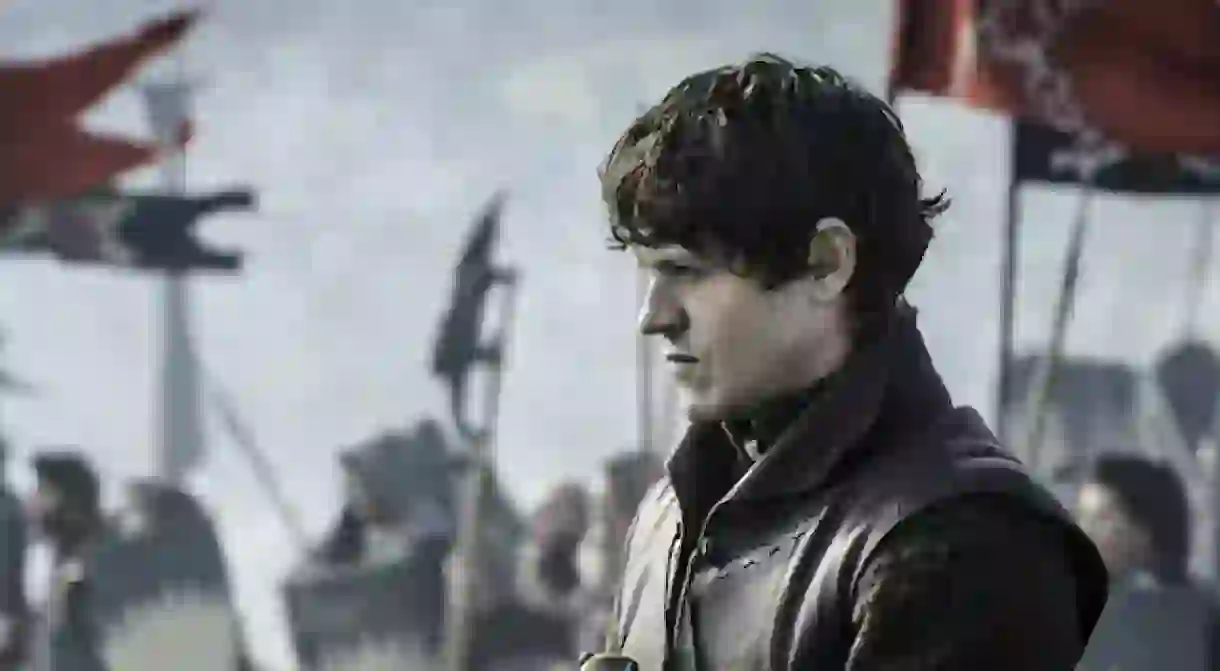Game Of Thrones: Meet The Visual Effects Team Behind The 'Battle Of The Bastards'

The penultimate episode of the sixth season of Game of Thrones, which aired in June 2016, featured a battle unlike any other seen on television. Two great armies, one of which included a giant among its ranks, went to war in a sequence of breathtaking ambition. For Simon Rosenthal, head of VFX at Iloura, the ‘Battle of the Bastards’ was the conclusion of eight months of hard work, making a gory, pitched medieval battle as realistic as possible.
The Culture Trip caught up with Rosenthal to discuss the epic episode and TV’s increasing CGI budgets. Be sure to check out the video of the effects used in the battle below, but beware of spoilers for season six.
How did the opportunity to work on the ‘Battle of the Bastards’ come about?
We’d been having conversations on and off with the Game of Thrones visual team for some years. When they came up with the concepts and the requirements for the ‘Battle of the Bastards’ sequence, they came back to us and said we’ve seen the photo-real horses you’d done on A Million Ways to Die in the West for Seth McFarlane, would you be interested in having a look at this particular sequence?
We said sure, of course, we would. So we sent them the sequence we’d done and other creature and animal work we’d done. Then we went through an incredibly detailed process of testing to make sure we could actually hit their marks.
And then we embarked on an eight- or nine-month process of providing about 150 shots on that sequence.
How does the process work?
What basically happens is they send us a pre-visualization of the sequence, and that’s relatively detailed in the sense that it captures what the director of that particular episode wanted to see in the ‘Battle of the Bastards.’ From that, we did all the R&D around what was required, how we were going to make it work, the crowd duplication, the CGI animals, and some of the other assets that were required.
It wasn’t easy, and there was a component of this that we hadn’t really involved ourselves in previously on other projects. But while we’re going through the R&D process, they’re out there shooting the sequence itself. Once that’s done and it’s come together, then they send it to us and it very much matched the pre-visualization. They say here it is, here’s the raw footage, make it work – which we did.
How big was the Iloura team working on the sequence?
It peaked at about 90 crew. It was roughly 150 shots. At the same time, we were [working on] Ghostbusters, which had about 500 shots and the same size crew and the same duration [as Game of Thrones].
A lot of the stuff on Ghostbusters we’d done previously or, at worst, had a really strong understanding of what needed to be done, whereas there a was a lot of experimentation and new ground to be broken on Game of Thrones, and that came with challenges, obviously.
Iloura 2016 Game of Thrones Season 6 breakdown reel from Iloura on Vimeo.
Is there a trend now towards bigger CGI budgets in TV?
You’d like to think so, but I’m not sure if that’s the case. There’s certainly a trend towards higher quality higher-end TV. Whether that’s with HBO, Netflix, Amazon, it’s hard to quantify. I suspect that there will be in simple terms a greater increased time allowance and increased budgets on some of these shows, and they will more and more compete with the feature film market. HBO obviously produces very high-quality television and a project like Game of Thrones has very high expectations, so they have to allow time and money to allow these things to happen as they should.
It’s got such a vast audience and because of the type of the show it is – it’s not a melodrama or a romantic comedy, it’s an effects-driven storyline. So that comes with an allowance of time to get results right and a budget to ensure the quality is there.
How has the technology used for visual effects changed?
It’s more to do with the skill set of the artist than it is with the technology. The technology hasn’t shifted enormously over the last couple of years, but what we’re finding is that the artists are more capable and can stretch that software further than it has been before. We’ve certainly had to introduce new software to the business when we were doing Game of Thrones and, in particular, a piece of software that allowed crowd duplication – we’d never used that before.
But the base software we used on Game of Thrones and on Ghostbusters really wasn’t any different than the software we used three or four years ago on Ted or SpongeBob or any of the other shows we were doing.

Do you expect to be working on Game of Thrones season 7?
We’re in a testing phase with them at the moment. What they’re asking us to look at for next season is different again. We’re running some tests at the moment to make sure we’re all comfortable with what’s required, and I guess we’ll hear about that in the next month or two.
They’ve got less episodes next year, and the shoot has been delayed because of weather, but I suspect from a visual effects perspective it will be a similar time frame. It really does depend on what we would be asked to do and, at the end of the day, how quickly we can turn that around. Whether it’s a feature film or TV series, there’s a constant drive to get these things done as quickly and efficiently as possible.














